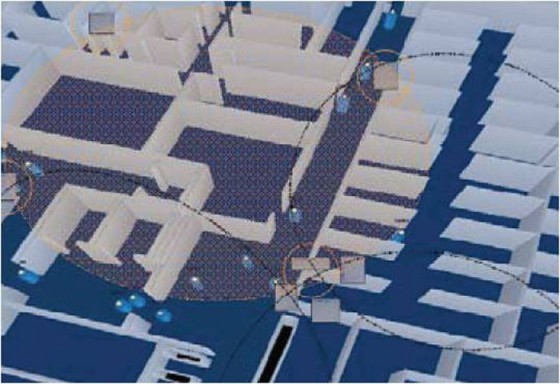RTLS (Real-Time Locating System)
Real-time locating system, otherwise known as RTLS, is a technology that is interconnected with GPS. An individual can attach a receiver to something they are shipping and then, at any given time, know the exact location of that item anywhere in the world due to the RTLS technology. In other words, RTLS allows for shipping companies to keep a consistent track on their shipments so they can offer clients a more detailed delivery expectance time. While it is still newer technology, RTLS is quickly gaining momentum in the United States and around the world.
Requirements for RTLS to Function
For RTLS to function, there needs to be a central processor of sorts that can pick up on the location of the object. There are four ways in which locating can be accomplished for RTLS. They are as followed:
- ID signals are readable by a single reader. When this reader picks up on the item, it can track it.
- ID signals are picked up by multiple readers and the data can be compared to find the exact location.
- Signals are transmitted to and received by moving nodes with identifiers and then the signals is relayed to the central processor.
- Nodes that are mobile communicate with themselves to determining metering distances.
These instances and requirements have different results. However, the general thing trying to be accomplished is for the package or shipment to be picked up by the RTLS technology to provide real time locating.
Types of Technologies Used
With RTLS, there are numerous different technologies that can be employed. These technologies vary in their ability to provide real-time location; however, for the most part, they are all comparable.
- Infrared
- Active Radio Frequency Identification
- Bluetooth
- Ultrawide Band
- Radio Beacon
There are many more, but this is a minimalist list that demonstrates how far stretching the technologies are that can incorporate RTLS and provide the necessary information that a shipping company might want.


Comments - No Responses to “RTLS (Real-Time Locating System)”
Sorry but comments are closed at this time.